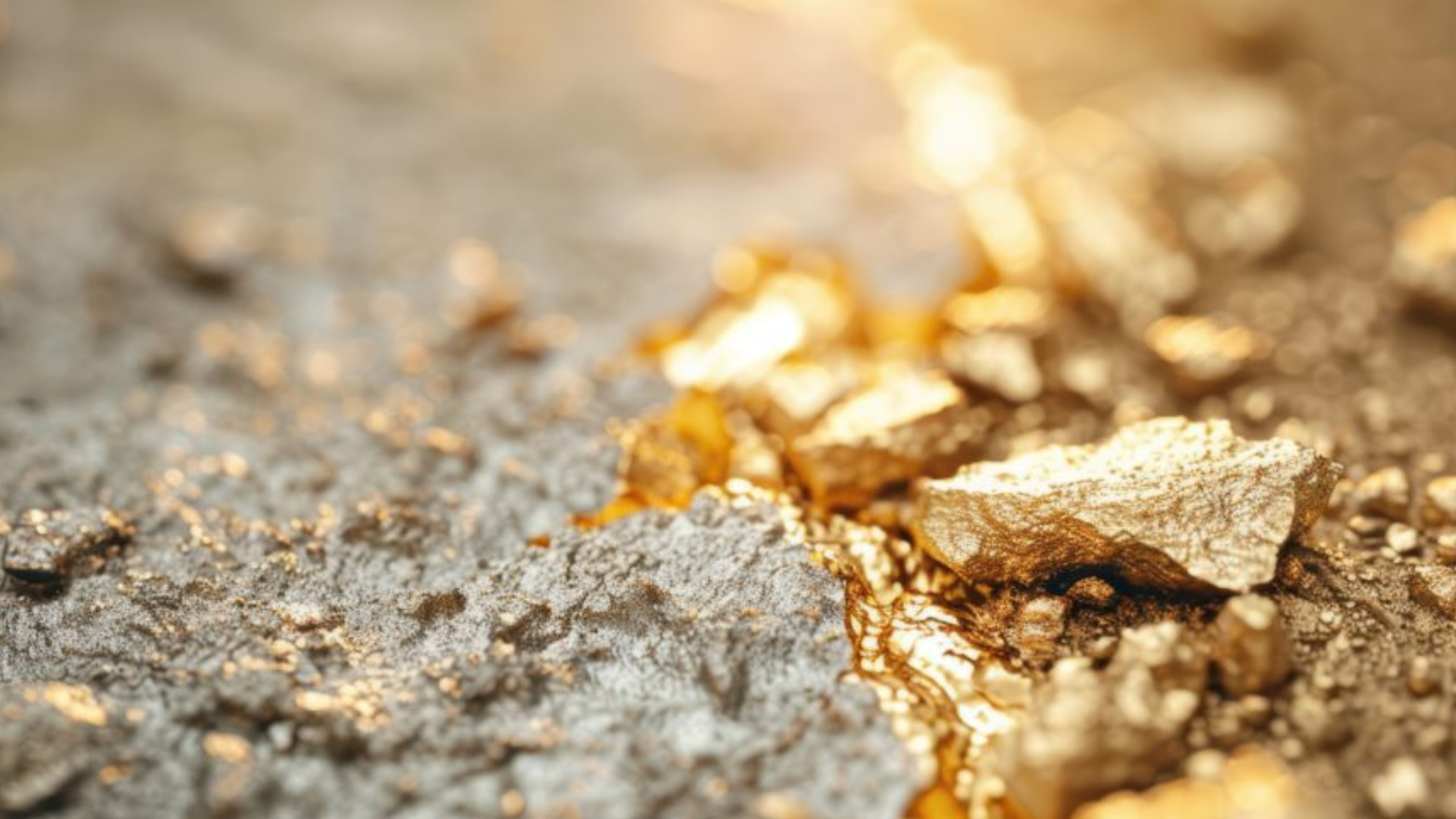

Gold deposits result from one of the most complex collections of geological processes and take millions of years to develop. These mainly tend to be related to the hydrothermal fluid circulation, tectonic plate movements, and the chemical interplay between rock types and the Earth's crust. Varying geologic settings, dependent on the time sequence of metamorphism stages, fluid migration, and the physical properties of host rocks, influence these processes. This section will describe in more detail how gold deposits are formed, the process that creates them, and what this implies for exploration.
Gold deposits are developed primarily in areas of tectonic activity, especially in zones of compression, tension, and shear, where the earth's crust underwent considerable bending, thrusting, faulting, and the formation of shear zones; these zones, such as orogenic belts, are characterized by extensive folding, faulting, and shear zone and offer different types of pathways for fluid migration and gold deposition. Gold deposits commonly occur within the following types of settings:
These are parts of the crust created by the interaction of two tectonic plates as ocean basins close and mountains form. A high metamorphic grade characterizes these belts and are primarily sites of most gold deposits, especially in greenstone belts where different varieties of gold-bearing rocks are predominant.
These are metamorphic, volcanic, and sedimentary rocks of ancient cratons. Many greenstone belts contain gold mineralization, mostly in fault zones, shear zones, and alteration zones associated with the greenstones. Their metamorphism may extract gold from the surrounding minerals and transport it in hydrothermal fluids.
At locations where one plate is being forced beneath another, subduction zones create volcanic arcs and related ore deposits. Fluids released from the subducting slab can mobilize gold from vast depths within the Earth and transport it upward to the surface, where it precipitates into rocks that are volcanic or sedimentary.
Metamorphism is the main process in gold deposit formation, where fluids produced create the setting for transporting gold from deep within the Earth to a location where it may get deposited. Metamorphism, it is argued, causes modifications in mineralogical and chemical compositions of rocks as a result of interactions of temperature, pressure, and fluids. These fluids, water, carbon dioxide (CO2), sulfur (H2S), and other volatile constituents that may carry gold in solution, form.
The metamorphism stage: The conditions of the stage itself determine what type of gold deposit is formed:
Many medium- and low-grade metamorphic environments, for example, the greenschist facies, exert relatively low conditions in terms of temperature as well as pressure that yield a more common creation of altered mineral assemblages containing chlorite, sericite, or epidote. In this aspect, minerals are subjected to fluid release that may carry minute traces of gold. These could be transmitted through a variety of modes, ranging from fractures and faults to several more significant permeable zones of the rock with their associated ability to allow the movements of gold to precipitate into areas.
At higher-grade metamorphic environments, for instance, amphibolite facies, the rocks experienced greater pressures and higher temperatures, thus bringing along more complex mineral assemblages, such as those containing biotite, feldspar, and garnet. And it's also a much more potent fluid release medium at these temperatures, which enables transport of much greater amounts of gold. The rising temperature and pressure also lead to a change in the solubility of gold in the fluids. This can result in gold precipitation in fractures, faults, and other structural features within the rock.
During metamorphism, the fluids that carry gold are hydrothermal fluids. They are hot, chemically aggressive, and contain dissolved minerals in solution. The composition of such fluids plays a crucial role in their ability to transport gold.
Gold is deposited in a variety of modes based on the geological environment, the chemistry of fluids, and structural features of rock. Examples of some of the most common types of gold deposits are as follows:
Structural controls are among the most important factors controlling the genesis and location of gold deposits. Faults, fractures, shear zones, and folds all offer pathways to hydrothermal fluids migrating down grade and depositing gold. The most important primary structural controls include
The timing of gold deposition during the time of metamorphism is another factor that determines the kind of gold deposits. Time can be further broken into the following stages:
Understanding why gold deposits exist allows geologists and miners to search areas that most probably host gold. Other than the above methods, some other crucial exploration techniques are:
Formation of gold deposits is therefore a complex process, which occurs through a combination of tectonic, metamorphic, and fluid dynamics, involving the movement and deposition of gold through hydrothermal fluids released during metamorphism in structural features such as faults, fractures, and shear zones. The composition of these fluids, the time of deposition, and the nature of host rocks all bear great significance in determining what type and distribution of gold deposits occur and in what quality. Understanding the above-mentioned processes will give key insights into gold exploration and location, especially within tectonic activity areas.